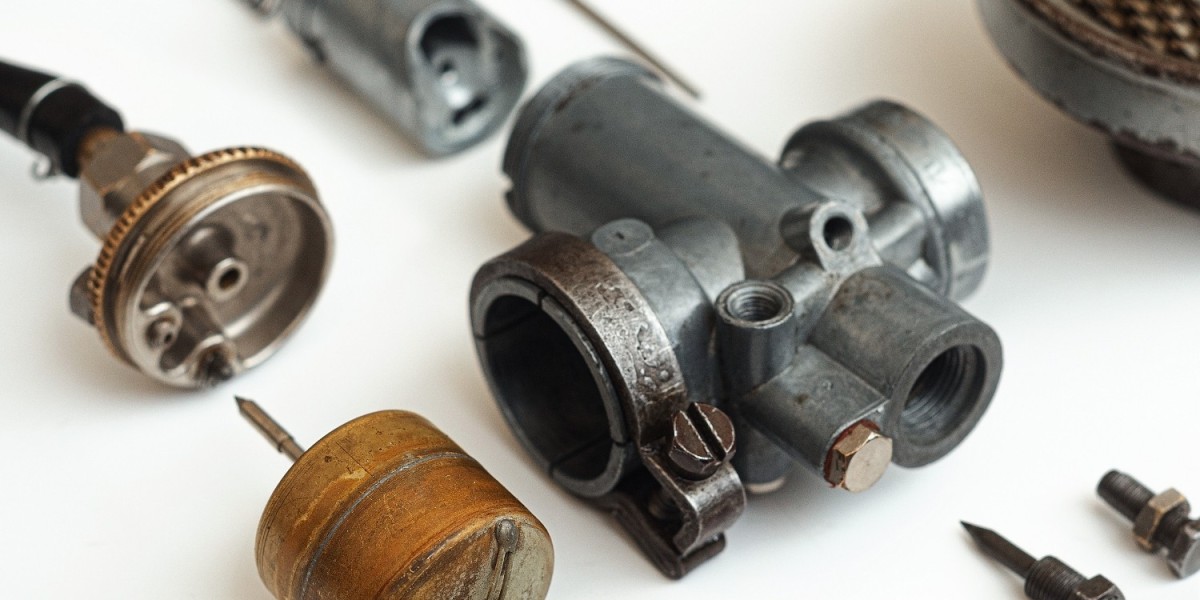Ductile iron, also known as nodular cast iron, is a versatile material widely used in various industries due to its excellent combination of strength, ductility, and cost-effectiveness. From automotive components to industrial machinery, ductile iron parts play a crucial role in modern manufacturing. This guide will explore the properties of ductile iron, its applications, and provide essential tips for machining ductile iron parts.
Understanding Ductile Iron:
Ductile iron is a type of cast iron that exhibits improved ductility compared to traditional cast iron due to its unique microstructure. Here are some key properties:
High Strength: Ductile iron offers high tensile strength, making it suitable for applications requiring load-bearing capacity.
Excellent Ductility: Unlike brittle cast iron, ductile iron can undergo significant deformation before failure, thanks to its nodular graphite structure.
Good Machinability: Ductile iron is machinable and can be easily shaped into various complex parts.
Corrosion Resistance: It has better corrosion resistance compared to steel in certain environments.
Applications of Ductile Iron Parts:
Ductile iron parts find applications across a wide range of industries:
Automotive Industry: Engine components, crankshafts, brake calipers, suspension systems, and steering knuckles are commonly made from ductile iron due to its strength and wear resistance.
Machinery and Equipment: Gears, pulleys, hydraulic components, and heavy machinery parts benefit from ductile iron's strength and machinability.
Infrastructure: Water and sewage pipelines, valves, and fittings often use ductile iron due to its corrosion resistance and durability.
Construction: Ductile iron is used in construction for items like manhole covers, drainage grates, and structural components where strength and resilience are required.
Machining Ductile Iron Parts:
Machining ductile iron requires careful consideration due to its unique properties:
Tool Selection: Use carbide tools with high cutting speeds for best results. Cobalt or carbide-tipped tools are preferred for their heat resistance.
Coolant Usage: Coolant helps dissipate heat generated during machining and extends tool life. Water-soluble coolants are commonly used.
Cutting Parameters: Optimize cutting parameters such as cutting speed, feed rate, and depth of cut based on the specific grade of ductile iron and the machining operation.
Avoiding Built-Up Edge: Ductile iron can cause built-up edge on cutting tools. Use proper tool coatings and ensure sharp tool edges to prevent this.
Stability and Rigidity: Maintain machine rigidity to minimize vibration, which can result in poor surface finish and tool wear.
Post-Machining Treatment: Ductile iron parts may require post-machining treatments like shot blasting or surface coating for improved surface finish and corrosion resistance.
Safety Considerations:
Dust Control: Proper ventilation and dust control measures should be in place as machining ductile iron can produce fine particulate matter.
Personal Protective Equipment (PPE): Wear appropriate PPE including safety glasses, gloves, and protective clothing to prevent injuries.
Machine Guarding: Ensure machines are properly guarded to prevent accidents during machining operations.
By understanding the properties, applications, and machining techniques for ductile iron parts, manufacturers can effectively utilize this versatile material in various industries while ensuring efficient production and high-quality components.








